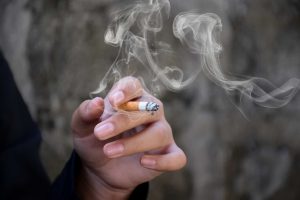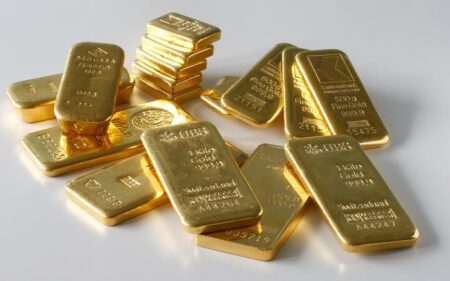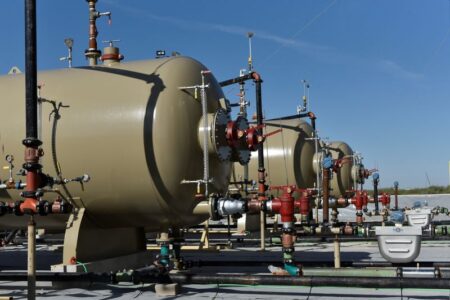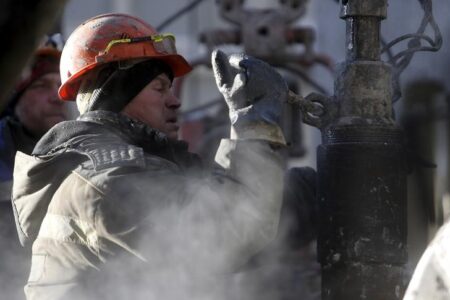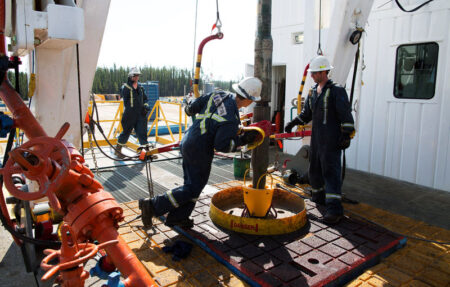Investing.com — Has the great China recovery resumed? One might think so, looking at oil bulls’ optimism Thursday after the vow by Beijing’s central bank to get its economy moving.
Crude prices rose for the first time in four days, tacking on more than $1 per barrel in the latest session, while remaining down on the week after the pledge by the PBOC, or People’s Bank of China, which now has to be matched by action.
New York-traded West Texas Intermediate, or , crude settled Thursday’s trade up $1.01, or 1.3%, at $80.39 a barrel. WTI lost 4.6% in three prior sessions, leaving it down more than 3% on the week.
That was a breakaway from a previous seven-week rally triggered by a bull fervor over Saudi production cuts that lifted the U.S. crude benchmark by 20% in that period, resulting in a 9-month high of $84.89 for a barrel.
London-based crude finished the New York session up 67 cents, or 0.8%, at $84.12. Week-to-date, Brent was down around 3% after a seven-week rally that gave oil bulls an 18% return and a seven-month high of $88.10.
The oil rally ran into trouble this week after one bad patch of economic data after another released by China, the world’s top crude importer. July was a particularly woeful month for what is also the world’s number two economy, with bank loans sliding to a 14-year low; consumer and producer prices declining and exports sliding their most since February 2020. The yuan also tumbled against the dollar, adding to the weight on commodities, particularly oil.
China central bank plans “precise and forceful” stimulus
The PBOC vows to change all that now, saying it would keep liquidity reasonably ample and keep its policy “precise and forceful” to support the country’s economic recovery, amid rising headwinds.
China’s central bank unexpectedly cut key benchmark interest rates for the second time in three months on Tuesday, in a bid to support a sputtering economic recovery. Markets widely expect the bank to loosen monetary policy further. On Thursday, the PBOC said it will “better leverage the dual functions of aggregate and structural monetary policy tools and firmly support the recovery and development of the real economy”.
(Additional reporting by Peter Nurse in London and Ambar Warrick in Singapore)
Read the full article here

